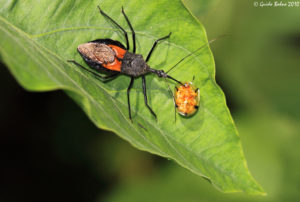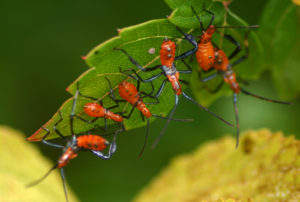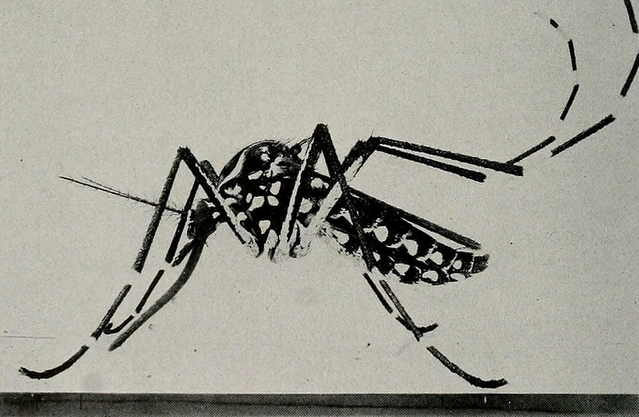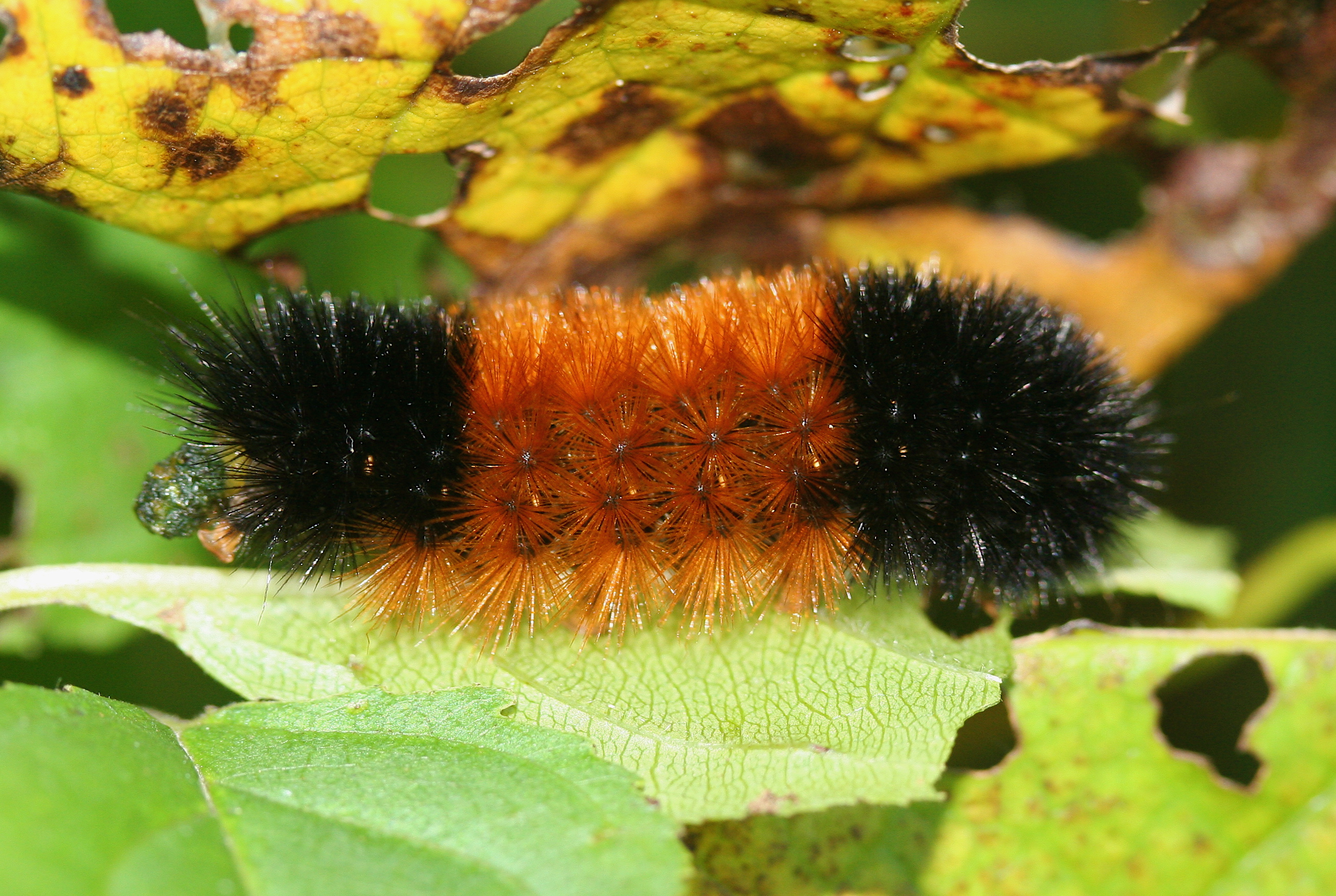Co-author: Derek Hernandez
Whenever you’re out on a picnic, there always seems to be a swarm of uninvited guests—bugs. When you think about bugs, you immediately think about tiny little harmless critters that are extremely annoying. What if we told you that one of these uninvited individuals is an assassin? You’ll probably not want anything to do with it! Meet the Reduviidae, an insect family more commonly known as the assassin bugs.

Assassin bugs are predatory insects that feed on a variety of prey such as ants, millipedes, termites, spiders, and even humans (1). They can be found all over the world on leaves, shrubs, and gardens. These little guys vary in color, usually black or brown (1) and are seen from 5-40mm in size (4). When hunting, most assassin bugs use their incredible speed to chase down their prey. Once they catch their prey, assassin bugs pin them down with their legs and proceed to stab them multiple times to death. Through all this, assassin bugs are also sucking out the insides of their prey (5). Now that is one ruthless bug!

Some assassin bugs have a unique way of catching their prey. Bee assassins, for example, cover their legs in sticky plant residues and use them to capture the bees that land on flowering plants (4). Feather-legged bugs secrete a substance that attracts and paralyzes ants (4). Stenolemus bituberus bugs prey on spiders by pretending to be an insect trapped in their web and attack the spiders when they come within striking distance (4). Ambush bugs hide on vegetation and attack their prey by surprise. Other assassin bugs, like kissing bugs or the black corsair bug, will even bite humans (4). Given all this variety, it is not surprising that there are about 7000 different species of assassin bugs (2).

Having heard of their gory hunting tactics, don’t be hasty to grab the pesticide and spray your yard. Since assassin bugs feed on such a large variety of prey, they are very useful to gardeners and farmers. Assassin bugs are used to help control the pests that commonly plague cotton, soybean, groundnut, and coconut plants (3).
Next time you’re having a barbeque in your yard, don’t forget to invite the assassin bugs to the feast. Don’t let them in through the front door or you might end up being the feast!
References
- Merchant, M. “Wheel bugs and other assassin bugs.” Texas A&M AgriLife Extension: Insects in the City, https://citybugs.tamu.edu/factsheets/landscape/others/ent-1003/
- Weirauch, C. and Munro, J.B. (2009). Molecular phylogeny of the assassin bugs (Hemiptera: Reduviidae), based on mitochondrial and nuclear ribosomal genes. Molecular Phylogenetics and Evolution 53:287-299. https://doi.org/10.1016/j.ympev.2009.05.039
- Sahayaraj, K. and Muthukumar, S. (2011). Zootoxic effects of reduviid Rhynocoris marginatus (Fab.) (Hemiptera: Reduviidae) venomous saliva on Spodoptera litura (Fab.) Toxicon 58:415-425. https://doi.org/10.1016/j.toxicon.2011.06.001
- Rogers, K. (2015). “Assassin bug.” Encyclopedia Britannica, https://www.britannica.com/animal/assassin-bug
- “Assassin Bug.” Insect Identification, www.insectidentification.org/insect-description.asp?identification=Assassin-Bug.





Nice post, guys! One more tidbit: Because of all those digestive enzymes, the bite of an assassin bug can be one of the more painful bites or stings an insect can deliver to a person. Nevertheless, they are really great beneficial insects to have in your garden. And as with most wildlife, they won’t mess with you if you just give them their space!